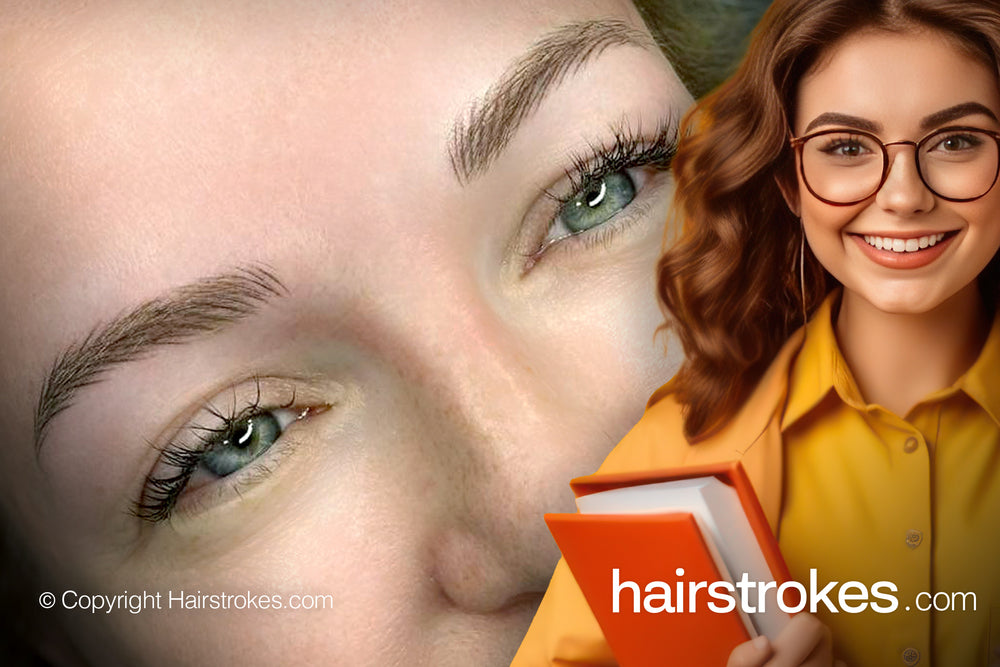12. The Logic Behind Success
In examining the journeys of top earners in the Hairstrokes and PMU industry, it's evident that they attribute their success to the comprehensive coverage of the ten training sections mentioned earlier. While there might be variations in the emphasis and specific techniques taught, these categories collectively lay the technical groundwork necessary for launching a Hairstrokes business.
However, it's essential to recognize that completing these training courses is not a definitive guarantee of success. The training equips you with the skills to "enter the race," but achieving success in the field extends beyond technical proficiency. After gaining the necessary skills and knowledge, the challenges often shift from skill development to branding and client acquisition.
One critical observation is the impact of client engagement on an artist's development. Artists who find it challenging to attract a sufficient client base often experience a standstill in their professional growth, primarily due to limited practical experience. In such cases, artists might incorrectly assume their skill level is inadequate, prompting them to pursue additional training. This phenomenon is common among average and low-income earners, who train more than their higher-earning counterparts.
However, this approach of seeking continuous training can be counterproductive. These additional courses often reiterate the same basic modules, albeit with minor tweaks in focus. This redundancy suggests that constantly seeking more training may not be the most effective strategy for career advancement. Instead, it can lead to a cycle where one becomes a "professional student," always learning but not necessarily advancing as a practitioner in brow creation.
The key takeaway is that while technical skills and foundational knowledge are crucial, they are just the starting point. The real differentiation in achieving success lies in an artist's ability to effectively brand themselves, attract and retain clients, and translate their skills into a thriving business. This requires a shift in focus from continuous skill acquisition to practical application, business development, and client-oriented strategies.



